PROTECT YOUR DNA WITH QUANTUM TECHNOLOGY
Orgo-Life the new way to the future Advertising by Adpathway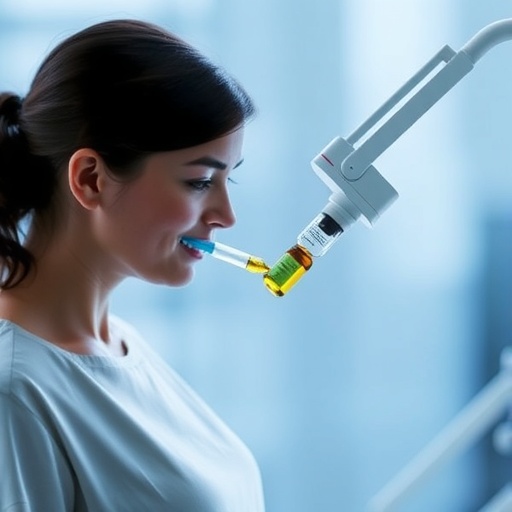
Recent advancements in the field of drug delivery systems have led to groundbreaking innovations, particularly in the oral absorption of peptide-based medications. One of the notable developments in this area is the enhancement of formulations for GLP-1 receptor agonists, which represent a significant class of drugs for the management of type 2 diabetes and obesity. These agonists have been acclaimed for their efficacy in mimicking the effects of natural incretin hormones, thus promoting insulin secretion while suppressing glucagon release. However, despite their therapeutic benefits, the clinical utility of these drugs has been hindered by challenges associated with their oral bioavailability. Recent studies, such as those conducted by Kim and Kim, shed light on cutting-edge techniques that may potentially lead to significant improvements in this regard.
One of the persistent challenges in the oral administration of GLP-1 receptor agonists lies in their inherent structural properties as peptides. These molecules are typically large and hydrophilic, making them poorly absorbed through the gastrointestinal tract. Furthermore, they are susceptible to enzymatic degradation, which limits the amount of active drug entering systemic circulation. Therefore, the exploration of novel strategies to enhance oral absorption is paramount for optimizing the therapeutic potential of GLP-1 receptor agonists. Researchers are now prioritizing a multifaceted approach that encompasses advanced formulation strategies, absorption enhancers, and innovative delivery systems.
The incorporation of various absorption-enhancing agents has emerged as a focal area of research in recent years. These agents, which include surfactants, bile salts, and chemical permeation enhancers, work by altering the intestinal membrane integrity, leading to increased permeability of peptide drugs. One innovative approach involves the use of microemulsion systems that can encapsulate GLP-1 receptor agonists, thereby providing a protective environment against enzymatic degradation. This not only preserves the integrity of the peptide drug but also promotes its transport across cellular membranes, ultimately enhancing its bioavailability. Studies have shown that such encapsulation techniques can significantly increase the absorption rates of GLP-1 receptor agonists when administered orally.
Nanotechnology has also paved the way for innovative formulations aimed at improving the oral delivery of therapeutic peptides. By utilizing nanoparticles as carriers, scientists can achieve controlled release and targeted delivery of GLP-1 receptor agonists. These nanoparticles can be engineered to respond to specific physiological triggers, ensuring that the drug is released at optimal sites within the gastrointestinal tract. Furthermore, the use of polymeric materials for nanoparticle formulation allows for customizable properties, such as degradation rates and drug loading capacities, thus tailoring the delivery system to enhance therapeutic outcomes.
In the realm of oral peptide delivery, the use of solid lipid nanoparticles (SLNs) is gaining traction. SLNs offer a biocompatible and biodegradable option for encapsulating GLP-1 receptor agonists. Their unique structure allows for improved stability and protection against degradation, while also facilitating enhanced absorption through endocytosis. Furthermore, SLNs can be engineered to release their payload in response to environmental stimuli, such as pH changes in the gastrointestinal tract, ensuring that the drug is released precisely at the right time and place. Such advancements hold great promise for the future of oral peptide therapy, particularly for drugs like GLP-1 receptor agonists.
Emerging strategies also highlight the significance of passive diffusion enhancements in oral absorption. One area of exploration is the modification of existing oral formulations to include permeation enhancers that transiently open tight junctions between intestinal epithelial cells. This allows larger molecules, such as peptides, to traverse the intestinal barrier more effectively. Recent research has illuminated potential candidates for use in conjunction with GLP-1 receptor agonists, focusing on compounds that boast a favorable safety profile while successfully enhancing drug permeability.
The role of drug excipients cannot be overlooked in the development of effective oral formulations for GLP-1 receptor agonists. Additional components can be incorporated to optimize solubility and stability, further enhancing absorption. Technologies that utilize lipid-based excipients have shown promise in improving the pharmacokinetic profiles of these therapeutic peptides. By selecting excipients that promote micelle formation, researchers can increase the solubility of GLP-1 receptor agonists, allowing for a greater concentration of the drug to be absorbed through the intestinal lining.
Moreover, the microbiome’s influence on drug absorption is an emerging field that warrants consideration. Recent investigations suggest that the gut microbiota may play a critical role in the metabolism and absorption of oral drugs, including GLP-1 receptor agonists. Understanding these interactions offers exciting possibilities for tailoring therapeutic approaches that capitalize on microbiome modulation to enhance drug efficacy. This could potentially lead to personalized medicine strategies where treatment regimens are customized based on an individual’s gut microbiota composition.
Clinical trials play a crucial role in validating the efficacy of these enhanced oral formulations. Preliminary studies have shown promising results regarding the improved bioavailability and clinical outcomes of modified GLP-1 receptor agonists. As the pharmaceutical industry continues to innovate, the eventual goal is to develop an oral formulation that rivals the effectiveness of subcutaneously injected therapies currently dominating the market. This would not only alleviate the burden associated with daily injections for patients but could also significantly increase adherence to treatment regimens and improve overall health outcomes.
As researchers delve into the complexities of oral peptide delivery, there is a growing awareness of regulatory considerations that accompany these advancements. Formulation changes and novel delivery approaches demand rigorous testing and validation to ensure patient safety and drug efficacy. Regulatory agencies are increasingly faced with the challenge of adapting to the rapid pace of innovation while ensuring that new therapies meet established safety and efficacy standards. This ongoing dialogue between researchers and regulatory bodies is essential for navigating the landscape of novel GLP-1 receptor agonist formulations.
In conclusion, the journey toward effective oral delivery systems for GLP-1 receptor agonists is characterized by a convergence of scientific exploration and technological innovation. As new strategies emerge, the potential for improved patient compliance and therapeutic outcomes is within reach. With insights from ongoing research and clinical trials, it is evident that the future of diabetes and obesity treatment may be transformed by these advancements in drug formulation and delivery.
The intersection of biopharmaceuticals, nanotechnology, and a deeper understanding of gastrointestinal dynamics presents a promising frontier in the delivery of GLP-1 receptor agonists. The ongoing work by researchers like Kim and Kim illuminates not only the challenges faced but also the myriad of solutions being pursued. As the healthcare landscape evolves, the potential for these orally delivered peptide therapies holds significant implications for the millions affected by diabetes and related metabolic disorders.
The potential paradigm shift in the management of diabetes may soon see the introduction of patient-friendly oral formulations that could render difficult injection therapies a thing of the past. The developments in the oral absorption enhancements of GLP-1 receptor agonists encapsulate the spirit of innovation that is driving the pharmaceutical industry forward, offering hope for more effective treatment regimens and improved quality of life for individuals grappling with chronic metabolic conditions.
In summary, the exploration of enhanced oral absorption techniques for GLP-1 receptor agonists is redefining the possibilities within drug delivery systems, marking a pivotal moment in the fight against diabetes. The rigorous research efforts focused on this area are paving the way for solutions that not only address pharmacological challenges but also reshape patient experiences. As this field continues to evolve, the integration of multidisciplinary approaches will be crucial in unlocking the full potential of oral peptide therapies.
Subject of Research: Advances in oral absorption enhancements of GLP-1 receptor agonist formulations
Article Title: Recent advances and trends in oral absorption enhancements of GLP-1 receptor agonist formulations
Article References:
Kim, DH., Kim, JE. Recent advances and trends in oral absorption enhancements of GLP-1 receptor agonist formulations.
J. Pharm. Investig. (2025). https://doi.org/10.1007/s40005-025-00762-6
Image Credits: AI Generated
DOI: 10.1007/s40005-025-00762-6
Keywords: GLP-1 receptor agonists, oral delivery, drug formulations, peptide absorption, nanotechnology, microbiome, pharmaceutical innovation
Tags: advancements in pharmacotherapychallenges in oral bioavailabilityenhancing drug delivery systemsenzymatic degradation of drugsGLP-1 receptor agonistsinsulin secretion enhancement techniquesnovel formulation strategiesobesity management strategiesoral absorption of peptide medicationsrecent studies in drug absorption.structural properties of peptidestype 2 diabetes treatment innovations


 2 hours ago
3
2 hours ago
3
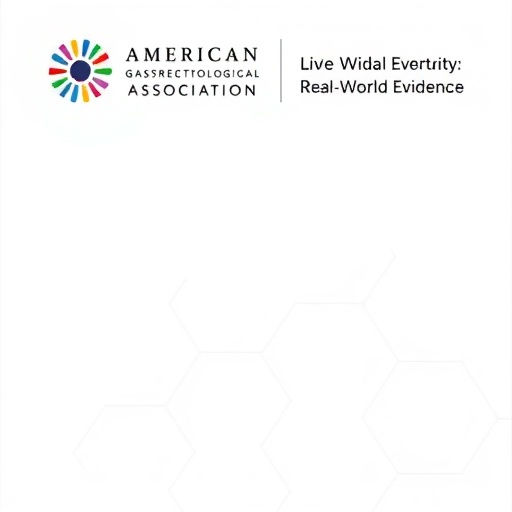
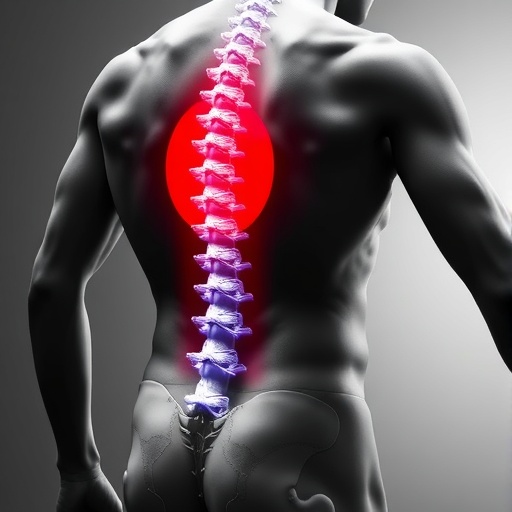
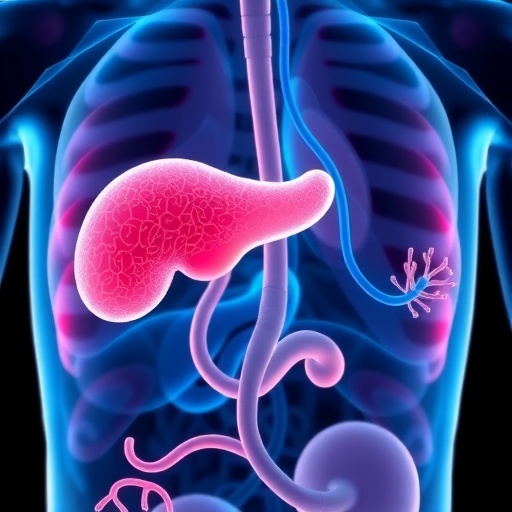


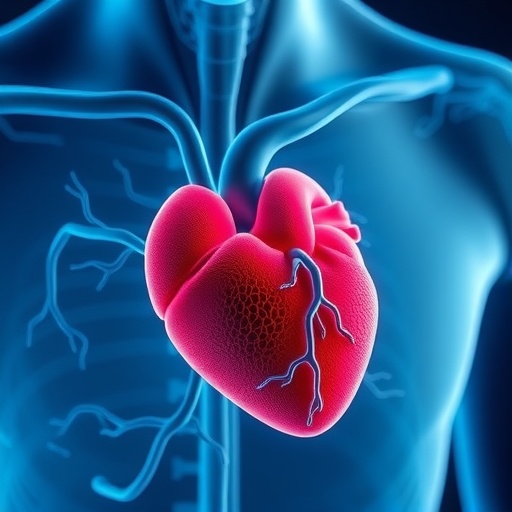
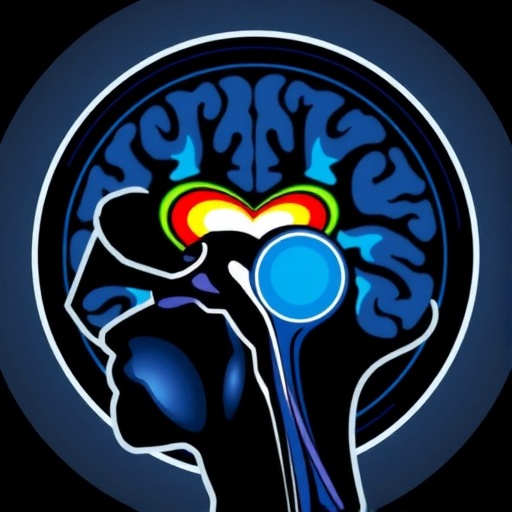














 English (US) ·
English (US) ·  French (CA) ·
French (CA) ·